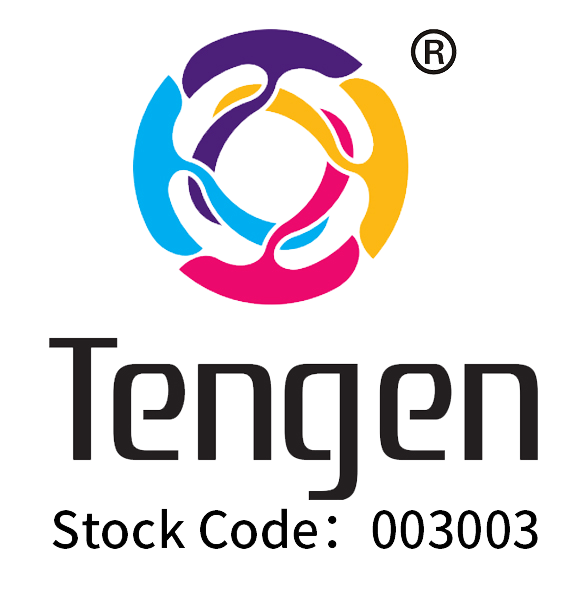Packaging materials play a pivotal role in safeguarding products from damage during transportation and storage. This includes providing physical protection, moisture resistance, and preventing contamination. Whether it's a fragile glass bottle that needs cushioning or a food item that must stay fresh, the choice of packaging material ensures that products reach customers in the best possible condition. Effective packaging not only protects the product but also enhances its shelf life and maintains its integrity.
There are various types of packaging materials, each offering unique characteristics suited to different needs. For example, cardboard is often used for its flexibility and ease of recyclability, making it a sustainable choice. Plastics, despite environmental challenges, offer unmatched moisture resistance and durability, key for products like perishables. Glass provides an elegant and non-toxic option, often used for premium goods, while metals offer robust protection ideal for long-term storage. Each material's properties—such as weight, fragility, and recyclability—must be considered to align with the specific requirements of the product and the brand's sustainability goals.
When selecting packaging materials, the nature of the product is a key factor. Fragile items, such as glassware or electronics, require cushioned and protective materials like bubble mailers or padded boxes to prevent damage during transit. In contrast, heavier items might benefit from sturdier materials like corrugated cardboard or wooden crates that offer enhanced structural support and durability. By aligning packaging materials with product characteristics, businesses can minimize the risk of damage and ensure product integrity throughout the supply chain.
Environmental impact and sustainability are increasingly important considerations in packaging material selection. As consumers become more eco-conscious, the demand for recyclable and biodegradable options has skyrocketed. This shift is exemplified by the rise of eco-friendly packaging solutions, such as those made from recycled materials or plant-based plastics. Brands that prioritize sustainable packaging not only reduce their environmental footprint but also appeal to environmentally mindful consumers. Therefore, choosing materials that balance product protection and ecological responsibility can enhance brand loyalty and mitigate negative environmental impacts.
Understanding the various types of packaging materials is crucial to selecting the right one for your product's needs. Cardboard and paperboard are not only cost-effective but also eco-friendly, making them an excellent choice for shipping e-commerce products. These materials offer sustainable printing options and are recyclable, significantly reducing environmental impact. Their versatility allows them to be adapted into various forms, such as mailer boxes, which are ideal for a vast range of products.
Plastics are known for their versatility and durability, making them ideal for custom poly mailers. However, their environmental impact is a significant concern if not managed responsibly. While plastic's adaptability allows for diverse application forms, from bottles to packaging films, businesses need to adopt recycling measures and explore sustainable plastic alternatives to mitigate ecological damage.
Glass packaging offers premium protection for fragile items and is often used in the food and beverage industries to enhance perceived product value. Not only does glass safeguard its contents well due to its rigidity, but it also doesn’t react with the contained substances, thereby maintaining the product's quality. This makes it an appealing choice for high-end products, particularly when clear visibility is a factor in consumer appeal.
Metals such as aluminum and tin are optimal for ensuring security in canned or bottled products. They play a significant role in preserving the integrity and extending the shelf life of products by protecting them from light, moisture, and air. Aluminum cans, for example, are lightweight and recyclable, making them a practical option for many industries. These properties make metal packaging suitable for bulk items requiring strong, long-term protection.
Identifying the right packaging material based on product needs is crucial for ensuring optimal protection and presentation. The fragility, weight, and desired protection level of a product should guide packaging choices, which can range from sturdy materials like corrugated cardboard for heavy-duty protection to lightweight plastics for flexibility. For instance, utilizing glass for delicate, high-value items like cosmetics or electronics not only protects but also enhances their perceived premium status.
Equally important is the aesthetic appeal of the packaging, as it significantly affects brand representation and consumer perception. Consistent visual design through branded packaging can differentiate a product in the competitive market and influence purchasing decisions. For instance, a sleek, minimalist package design for tech gadgets not only aligns with brand identity but also appeals to target customers. Ensuring that packaging materials align with both practical and visual requirements can elevate a product's market position and consumer attraction.
Packaging solutions are pivotal in ensuring the safety and appeal of products during transit. Let's explore some of the innovative products that cater to modern packaging needs:
These packaging solutions not only meet the practical needs of product protection but also align with current trends toward sustainability and brand engagement. By choosing innovative materials like these, businesses can benefit from enhanced protection, sustainability, and brand appeal.
Recapping the key considerations discussed provides a clear path for businesses when selecting packaging materials tailored to product needs. Focusing on factors such as the balance between safety, functionality, and eco-friendliness ensures that businesses can create packaging solutions that not only protect their products but also align with market demands. Companies must evaluate material performance and cost-effectiveness to make informed decisions in a competitive market.
Final thoughts emphasize the importance of sustainability and aligning packaging choices with brand values, as consumer preferences increasingly favor eco-friendly practices. As more consumers opt for eco-conscious products, companies should prioritize sustainable packaging to enhance brand reputation and customer loyalty. By integrating sustainability into packaging strategies, businesses not only contribute to environmental responsibility but also resonate with the evolving priorities of their customer base.
 Hot News
Hot News2024-05-31
2024-05-31
2024-05-31
2024-05-31

© Copyright 2024 Hubei Tianzhiyuan Technology Co.,Ltd All Rights Reserved Privacy policy